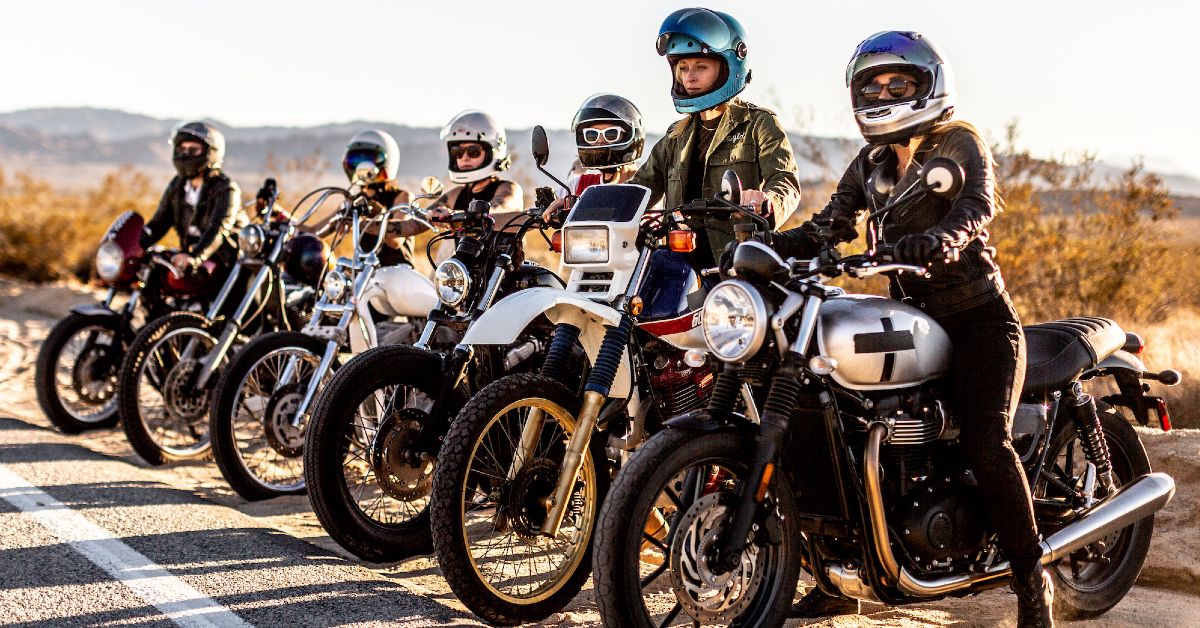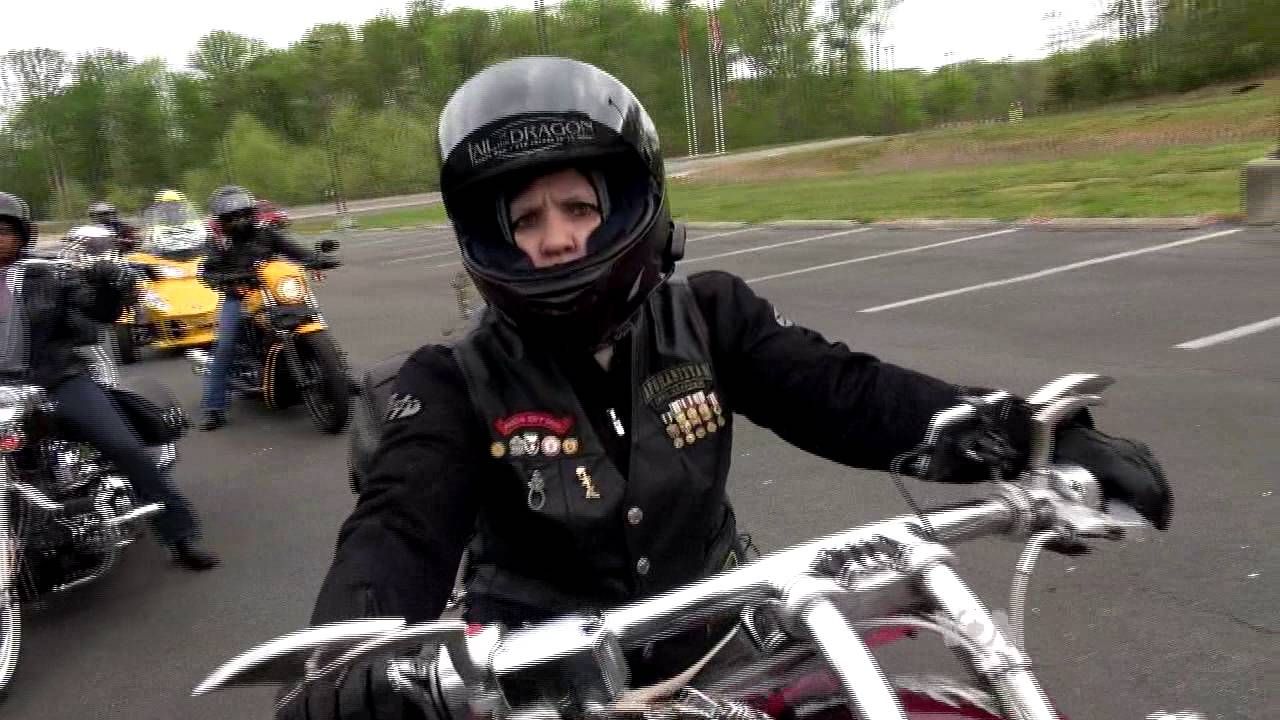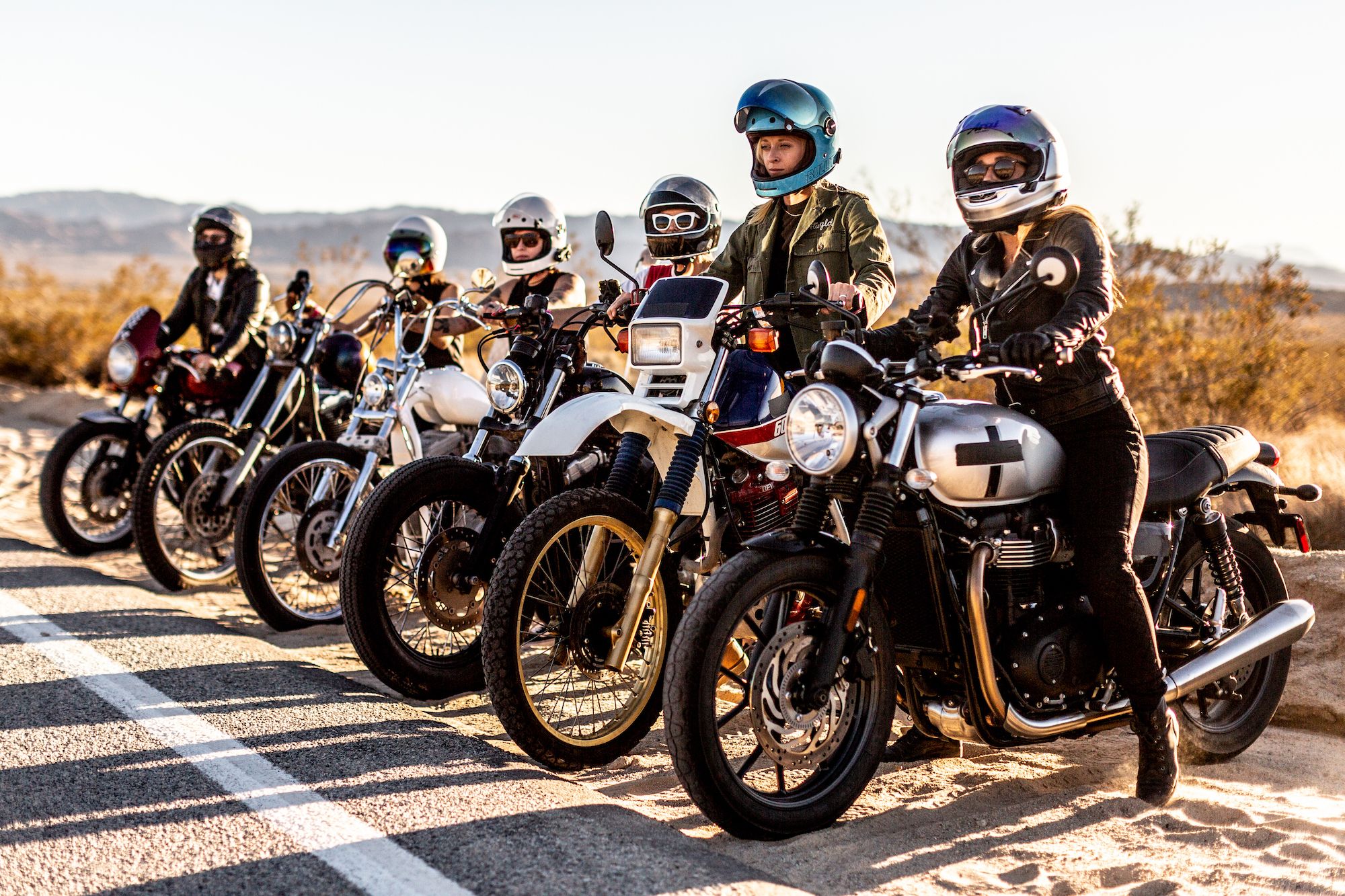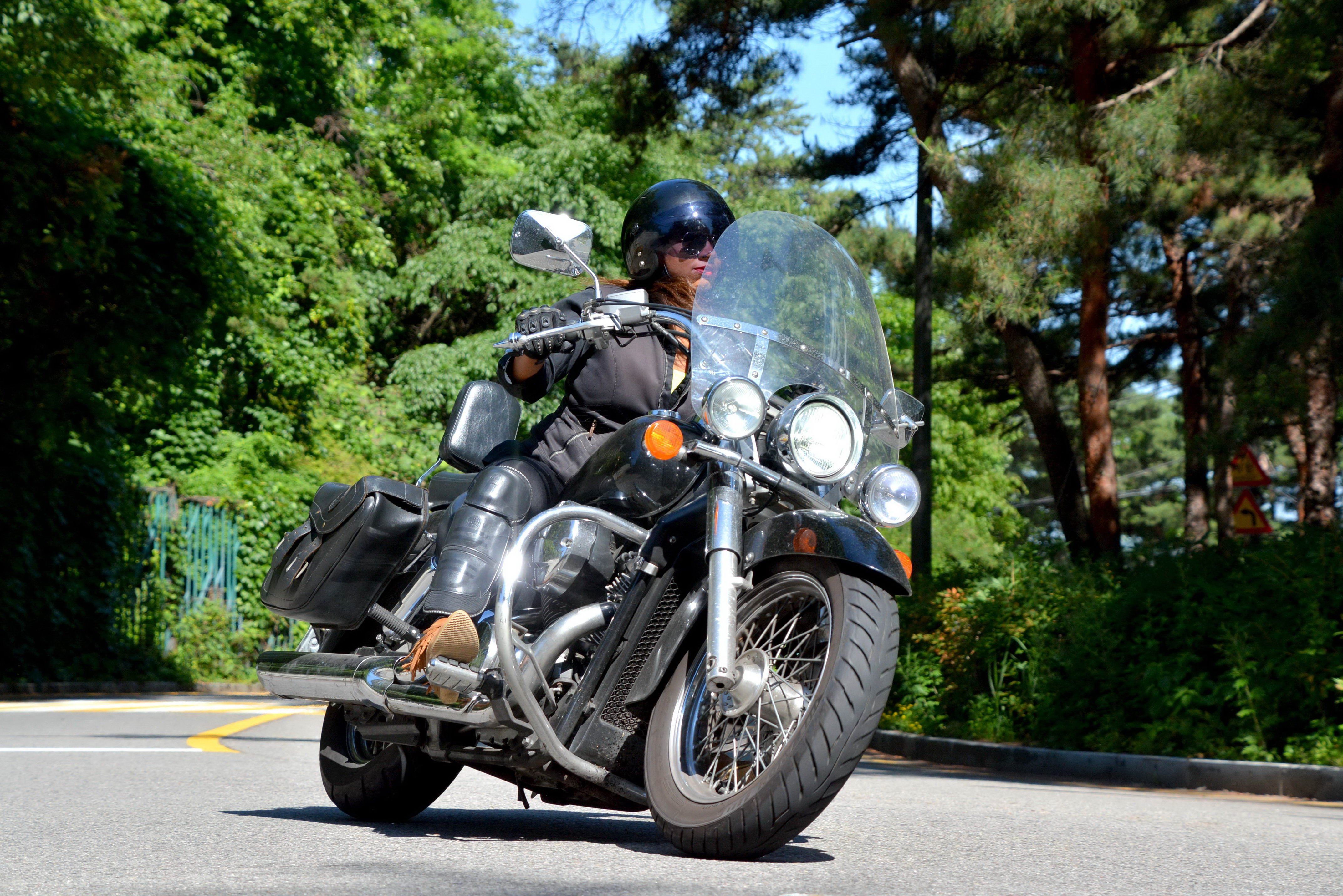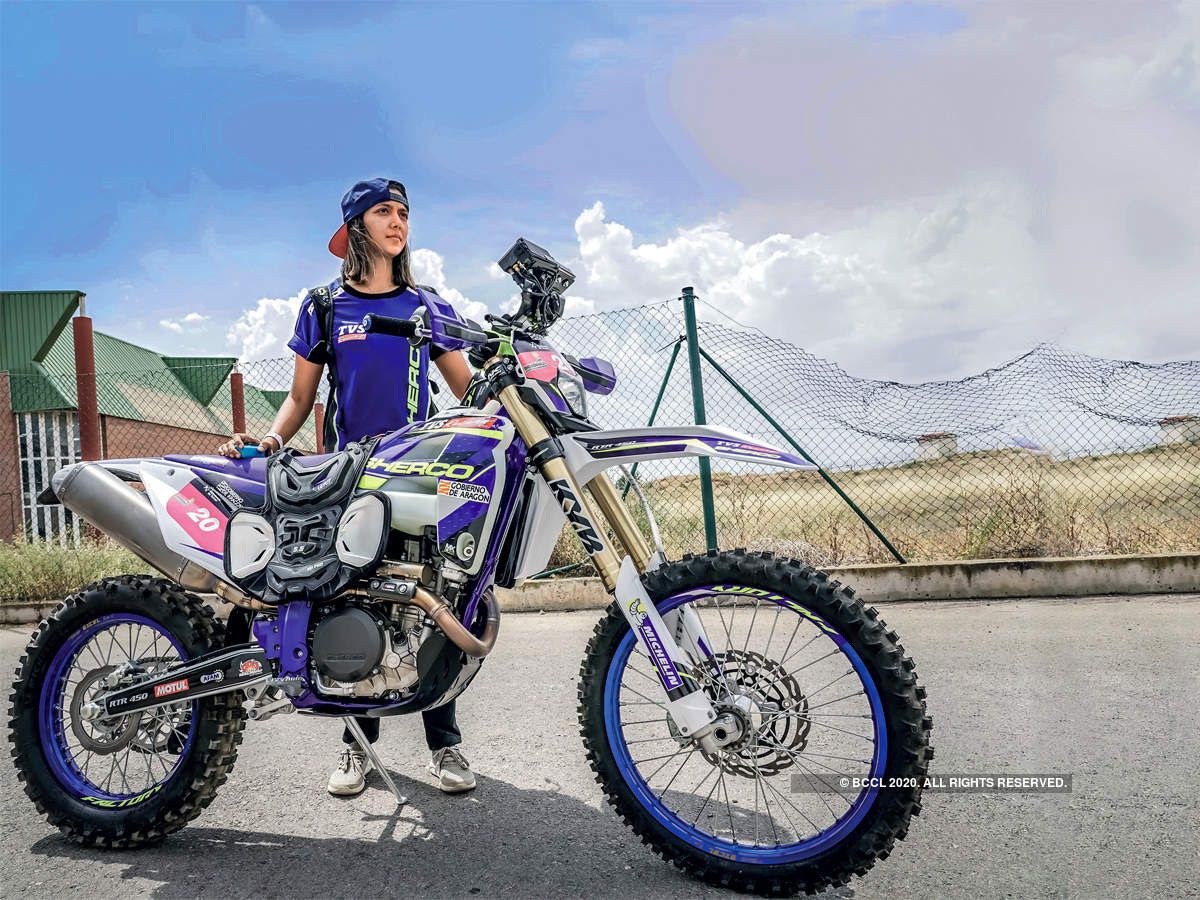Although riding motorcycles has mainly been seen as a masculine activity since the motorcycle was first invented by Gottlieb Daimler and Wilhelm Maybach in 1885, things have changed in the 21st century. Among millennials and Generation Xers, approximately one in five motorcycle riders are female. Motorcycle riding may be new to some women, but others are more experienced. Some women can even build cars and motorcycles better than a lot of men could.
A decade ago, only half of today's female riders had taken up motorcycling, so a lot of them are learning the basics when it comes to operating a bike, repairing a bike, picking proper protective gear, and so on. Still, though, it's more than just a flashy trend or a passing fad. These women have taken to motorcycling just as much as most men have, and women even have clubs and groups where they can meet other female riders and share a sense of community. And just like men, women enjoy the way going for a ride clears their heads and stimulates their brains, as well as the adrenaline rush they experience when riding a motorcycle.
Women have a variety of motivations for wanting to ride motorcycles, but whatever the reason, a lot of them are finding it not only enjoyable, but a way to experience common ground with other women.
The percentage of women riding motorcycles is on the rise, currently at 20% of all riders. They have a variety of motivations and they enjoy the adrenaline rush, thought clearing, and sense of community that riding motorcycles gives them.
Percentage Of Female Riders Has Grown To 20%
It's funny to think that one in every five motorcycle riders are female. That's double the percentage of female riders from 2009. A lot of the new female motorcycle riders are Millennials, with Generation Xers coming in second place, according to the latest national survey by the Motorcycle Industry Council (MIC) that polled 2,400 adults across the nation. The study also found that, among Millennials, 26 percent of motorcycle owners were women. Further, 22 percent of motorcycle owners in Generation X are women. More women tend to fill the spots of riders who retire from age.
Furthermore, the study also found that women spend more money than men in the aftermarket, spending approximately $574 per year on maintenance, parts, service, and accessories. By contrast, the average man only spends $497. The reason for the difference in buying is that women are looking for more female-specific gear, which is becoming more and more available but isn't too widely available yet.
Women who ride motorcycles also have a moderate preference to buy female-specific gear designed by women for women. Cruisers, scooters, and sportbikes (in that order) are the most popular types of bikes for women who ride. After all, more diversity in clientele should, in theory, result in more diversity in products that manufacturers offer for motorcycle riders.
There's An Event For Women Who Ride
Believe it or not, women riding motorcycles is actually becoming mainstream enough that there's a club devoted to it. There's also an event exclusively for female riders every October in California called “Babes Ride Out.” The existence of this event has inspired women across the world to start riding their own motorcycles. The event started in 2013 when a few women who liked riding motorcycles wanted to meet like-minded women but didn't personally know of that many.
After all, only half the female riders of today were riding a decade ago. Their riding companions at the time were largely male, and they were ready to meet and connect with other female motorcycle riders. The desire to meet and connect with other female riders started “Babes Ride Out,” and although it was not intended to be an annual event, its founders were unprepared for its unprecedented success.
Founders Anya Violet and Ashmore Ellis expected only 10-15 women on the first ride, but they ended up hosting more than 50. The event was initially called “ Babes in Borrego” due to its location in Borrego Springs, California. Soon after, social media was inundated with photos and videos of women riding motorcycles and the movement begin to pick up interest and momentum. The event even had to be moved to an even larger venue, Joshua Tree, the next year.
By 2015, Babes Ride Out had 1,200 registered female riders, making it the largest known gathering of female motorcyclists. It later became split into multiple venues and events, including one in New York and one for off-road riders.
Bike Riding Gives Women A 'Feel-Good' Chemical Rush And Brain Stimulation
Operating a motorcycle requires a solid amount of focus. Women have found that as with male riders before them, motorcycle riding gives them an adrenaline rush, allows them to clear their mind, and stimulates their brain. It takes a lot of logical, detailed thought to ensure a safe and secure ride to the destination, as well as to anticipate dangers, braking distances, speed, navigation, avoiding cars, and obstacles, and women found they had increased cognitive functioning after riding a motorcycle.
Research done by Yamaha Motor Co., Ltd. and Ryutu Kawashima Lab of Tohoku University investigated the relationship between motorcycle riding and brain stimulation, and they confirmed that people riding motorcycles increases cognitive functioning by up to 50%.
Some women are even riders to get away from life's daily chores and negativity so they can have some 'me' time, gaining a clearer head and increased focus in the process. Further, riding a bike gives women enough satisfaction and happiness that they don’t need to look for other options to elevate their mood.
They Have A Variety of Motivations
As hinted at several times earlier, women have many motivations for wanting to ride motorcycles. Having a sense of community and gaining a clearer brain are just two of those motivations. Further motivations include freedom, adventure, spiritual experience, confidence, or independence. Some women were even motivated by wanting to break the mold or to defy the stereotypes of their upbringing.
Women get to be surrounded in a zen-like environment without cell phones, obligations, stressors, or anything else that could bother them. Other women note that they grew up in motorcycle-riding families, and although the thought of riding had always frightened and terrified them, they set out to ride specifically to conquer those fears. Although a lot of recently-trained female riders are Generation Xers or Millennials, women who are learning to ride in their 30s, 40s, 50s, and beyond have had to face and defy personal challenges, societal stereotypes, and cultural expectations in order to ride a motorcycle.
However, in doing so, these older women were able to embrace the freedom riding offers them and gain a sense of independence. However, learning to ride as an adult has been significantly harder for women to learn, as opposed to learning to ride as a teenager. Adult women have to push past the cultural stigma, popular opinions, physical requirements, and personal fears to really gain a level of skill and comfort.
Sources: usatoday.com, roadtrippers.com, thedrive.com, babesrideout.com, thekewlshop.com,

